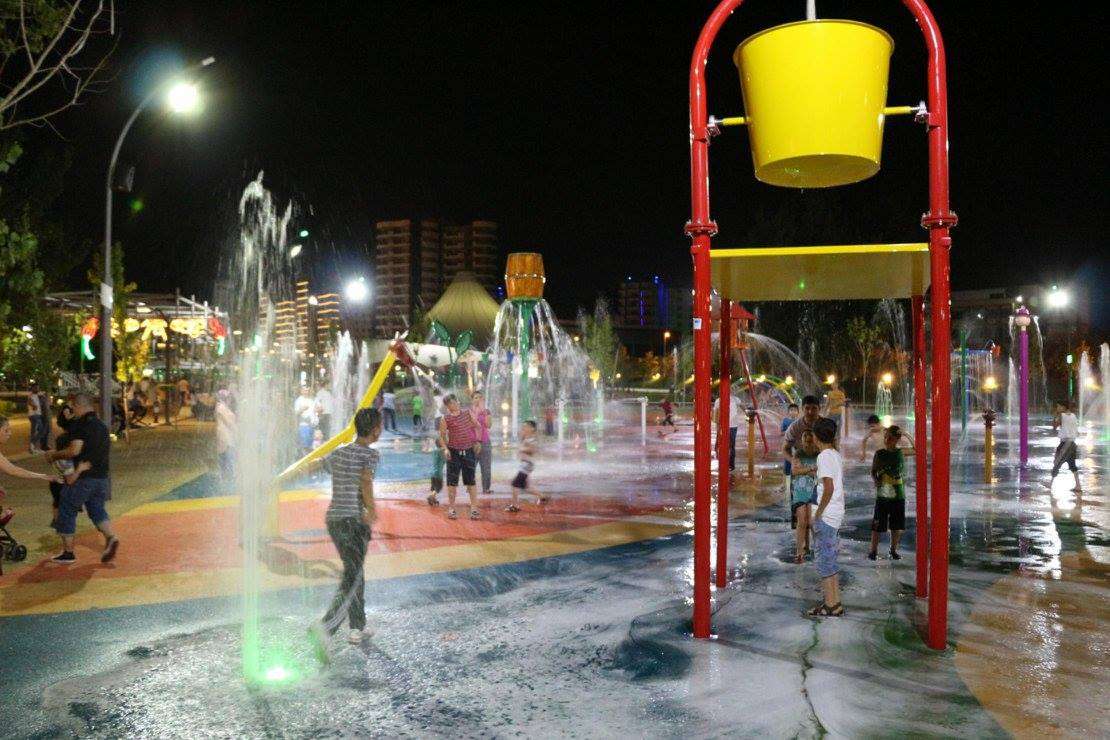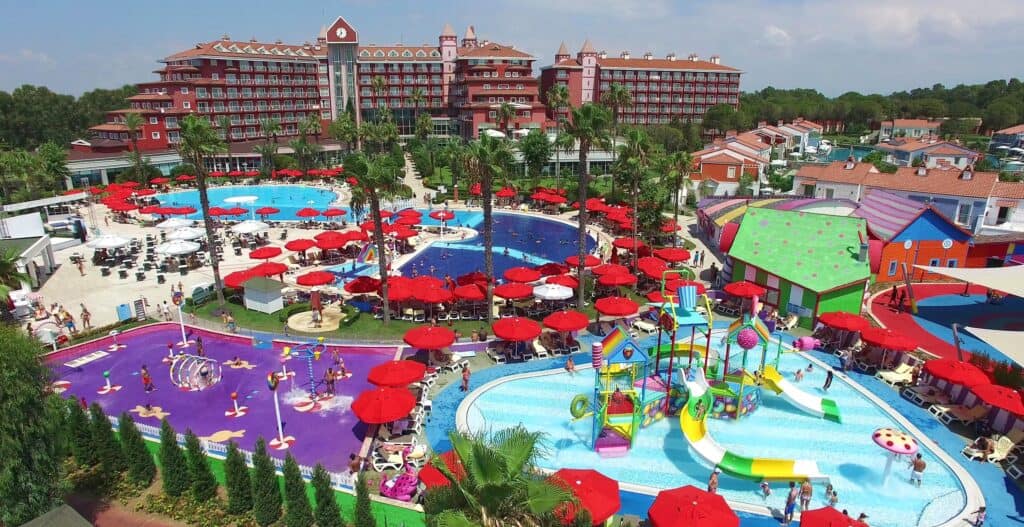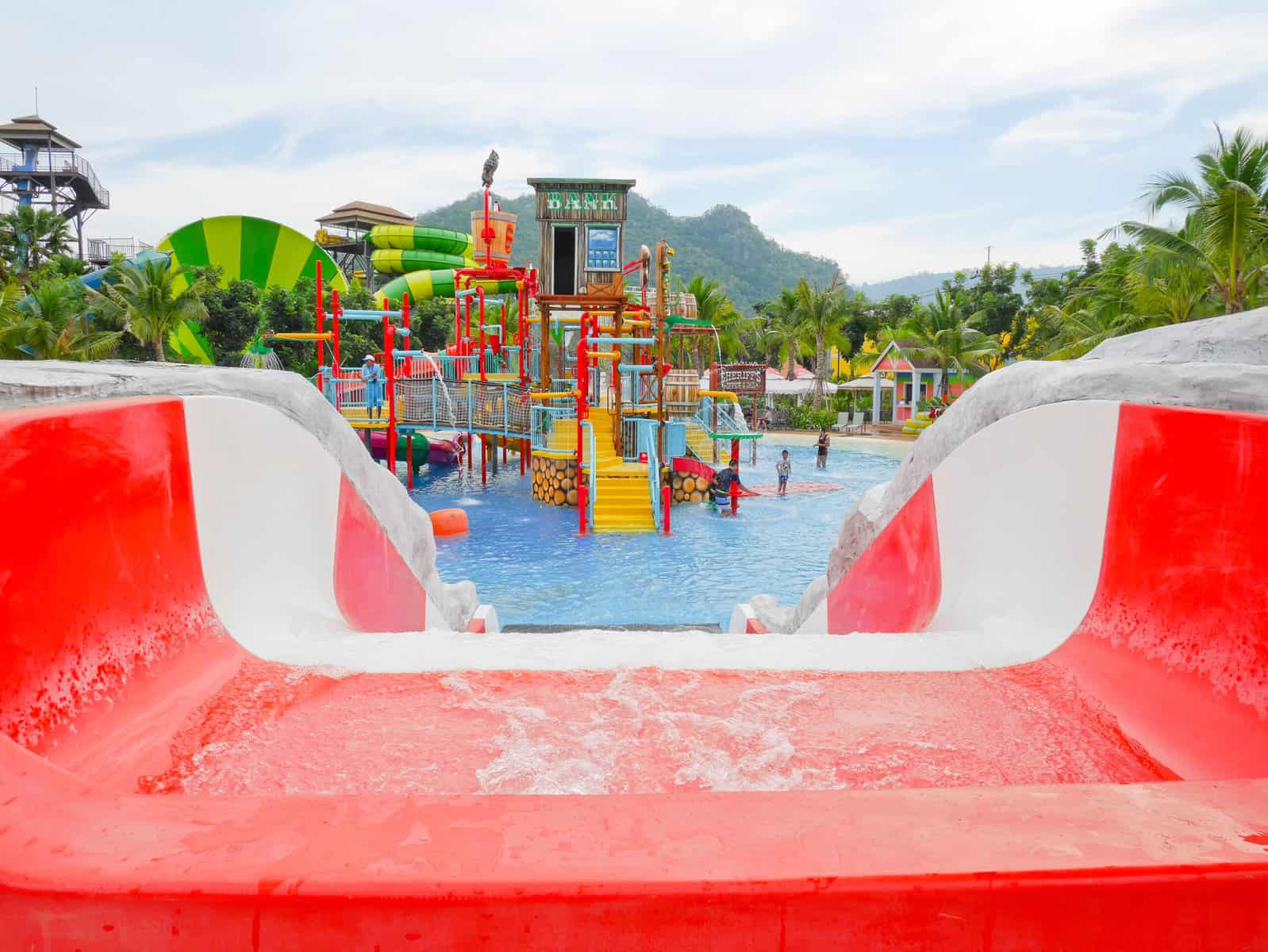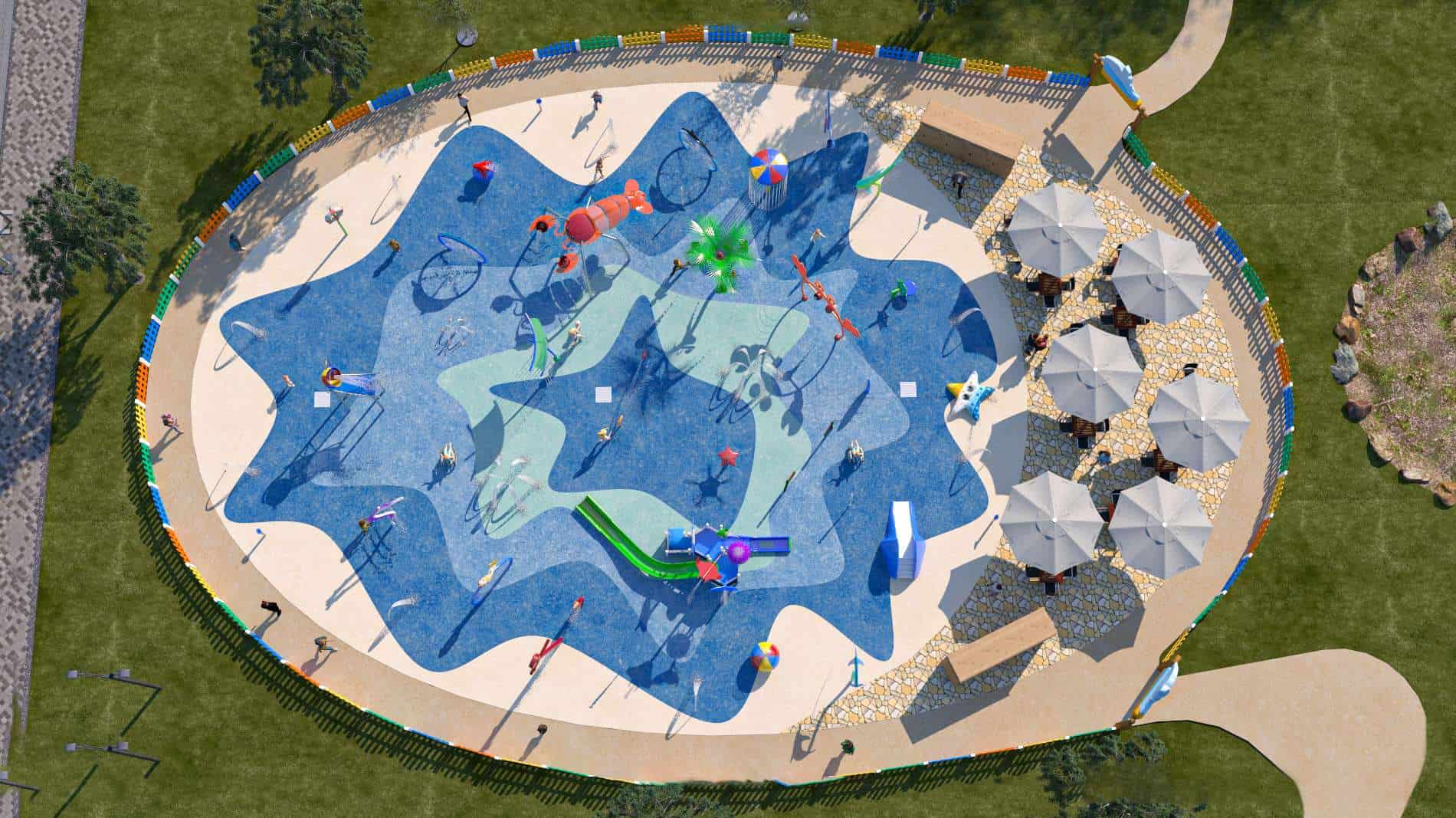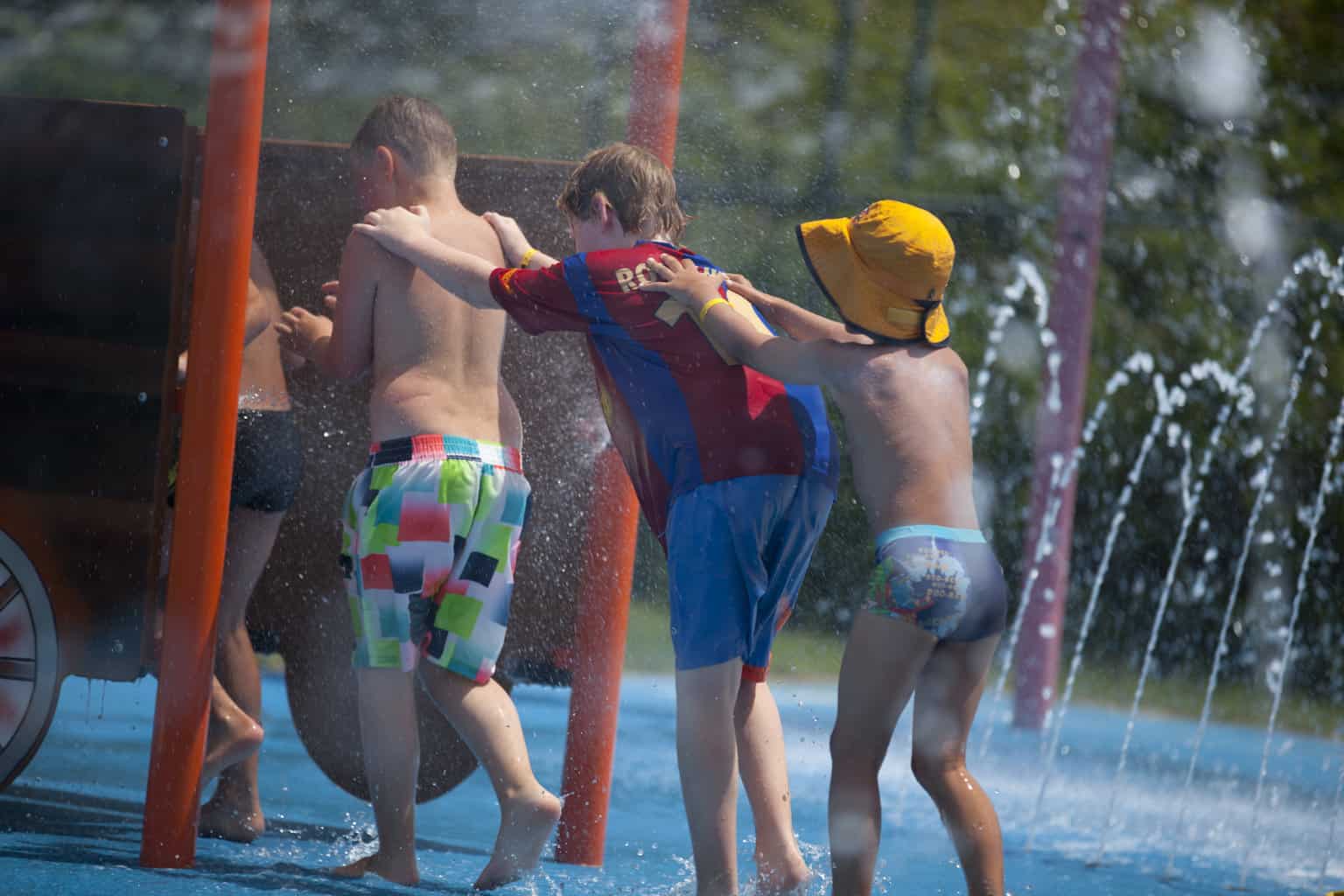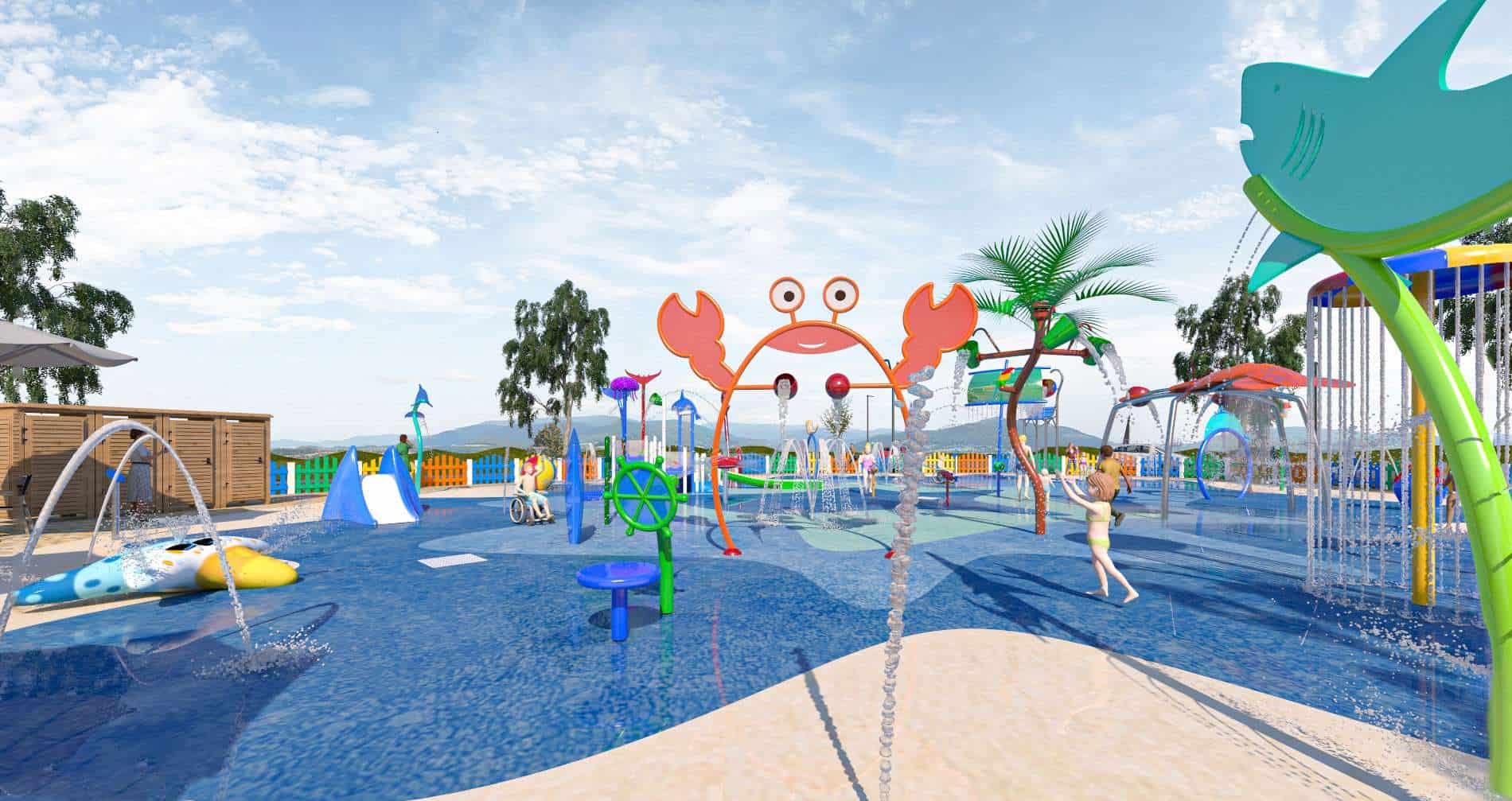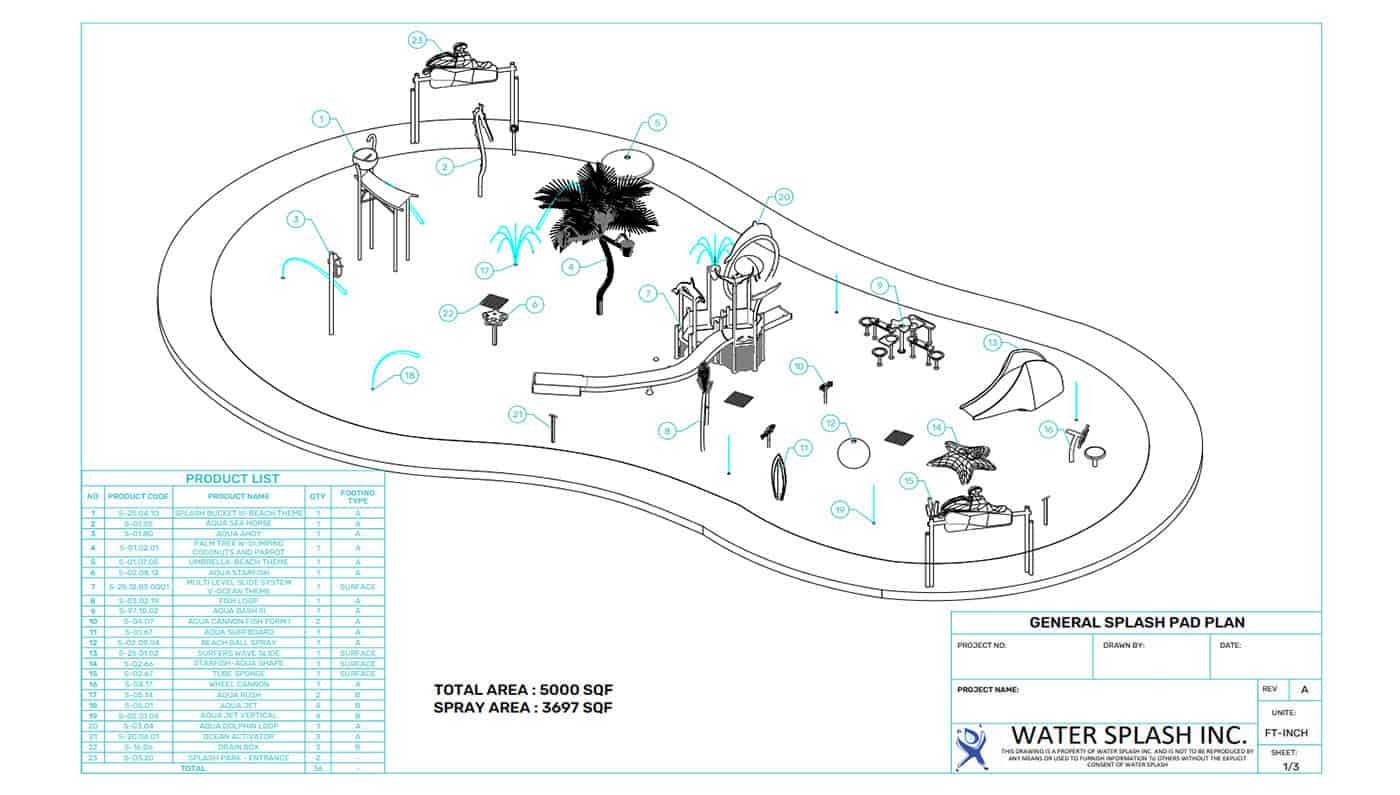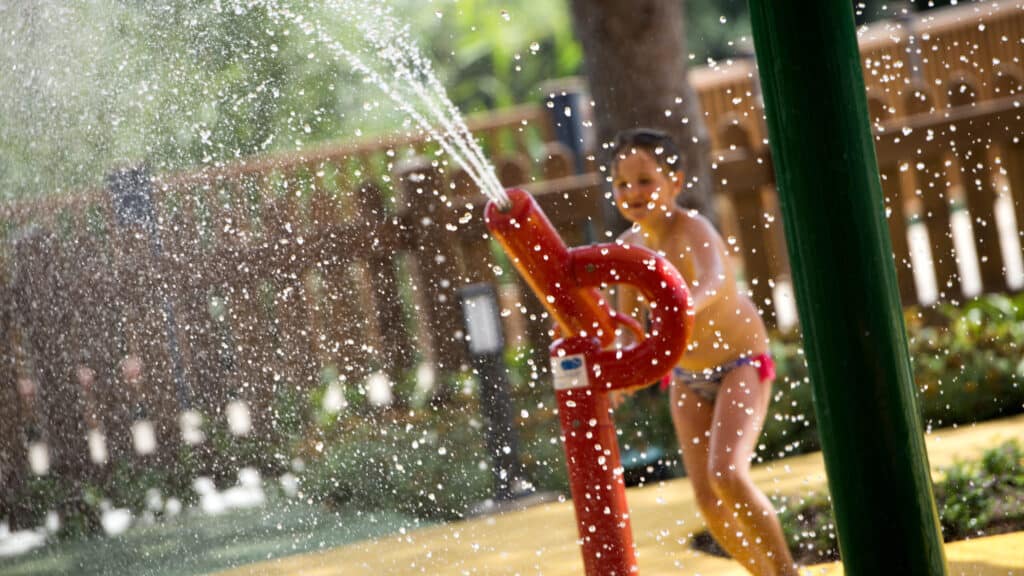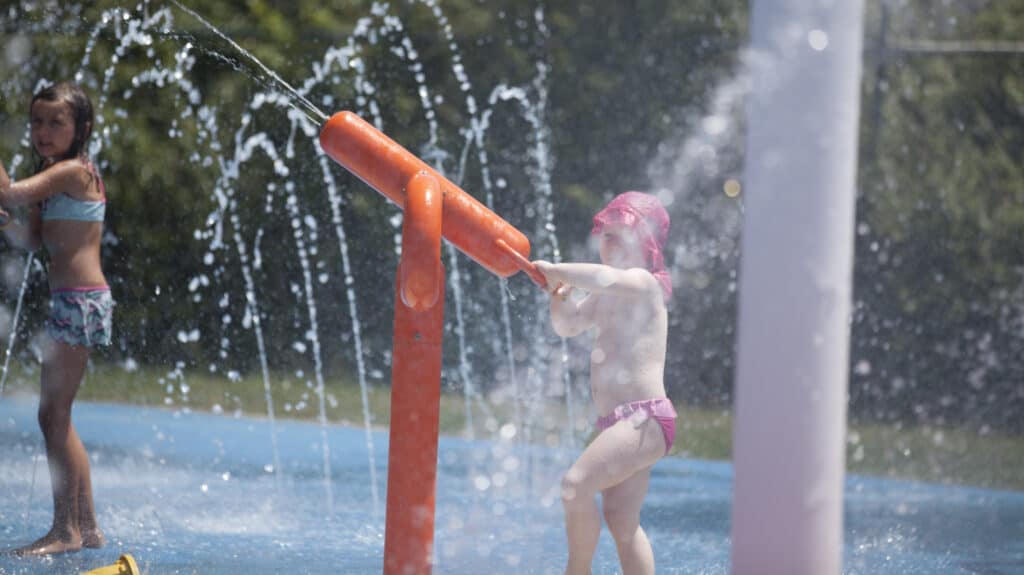Water Splash Blog Read more, Discover more ! WATER SPLASH DESIGN PERSPECTIVE Water Splash, Inc. For more than 20 years, Innovative Water Playground Equipment designs, produce as a manufacturer. While Water Splash Inc. produces Innovative Splash Pads products during the production process, it designs Personalized Custom Designs in line with the demands of its customers. During the design process, the park reorganizes the efficiency, sustainability, and circulation systems according to the specific demands to be constructed. STANDARDS WE PROVIDE Water Splash inspires nature while creating a park area and develops its themes accordingly. It values children’s playing with interactive park equipment compared to other basic products and designs playgrounds that encourage children to participate in the game. It aims to build safe parks for children by paying attention to standards such as CE, NSF, Canadian Association Standard, Singapore Standard Council, and American with Disable Acts in its designs. Water Splash products are designed and manufactured to meet two basic criteria; fun and safety. Only the finest materials are used in the construction process, to ensure that maximum safeguards are incorporated into every design. To this end, all manufacturing and tooling takes place in-house, and all products conform to or exceed ASTM F1487, ASTM F2461, SS 457, CSA Z614, and EN 1176 standards. Our in-house engineering and manufacturing expertise also provide our customers with another advantage: complete customization, to suit any and all of their needs. All metal products are made of 304/304L stainless steel material. • Nozzles, water openings and sprayers are made of C360 brass material. • Water Splash provides special tamper-resistant tools. All products are offered with winter caps. • The painted finish of all equipment is a high-quality, UV-resistant powder coating of oven-cured glossy polyester, with stabilizers and chlorinated water resistance. • Spray nozzles are recessed, welding marks are invisible (buffed and polished) and equipment is pressure tested for leakage. • Products comply with the ADA (Americans with Disabilities Act) and CDA (Canadians with Disabilities Act). ELEMENTS OF SPLASH PARKS & WATER MANAGEMENT SYSTEMS 1. Inground Features 2. Above-Ground Features 3. Activators Activator is a sensor unit; kids interact to activate play function of Splash Park. Activator sends a signal to Water Wise controller and play features starts functioning. 4. Drain Drain is located in several locations of splash park in order to collect all water in play area to storage tank. 5. Storage Tank Storage tank is a container where drain from SplashPark connects to. Water stored in constantly filtered by Water Management System. 6. Water Wise Controller&Manifold Water Wise Controller is brain of Splash Park, and controls Water Management System components and manifold valves. The manifold is the connection to each play equipment, and operates on/off linked to Water Wise controller. 7. Water Management System (WMS) Factory-assembled and tested, skid-mounted WaterManagement System (WMS) is an engineered system for Splash and Aqua Parks. Each system is unique and meets local health code of project location. Water stored in holding tank is constantly filtered by WMS. Splash Pad Products INSTALLATIONS/CONSULTANS – Professional 3D visualization and CAD drawings of park layout – Detailed budget planning, – Project planning with milestones, – Committed team for customer support INSTALLATION SOLUTIONS WE OFFER: • Turn-key design build, • Technical installation including plumbing and electrical connection • Full or partial project supervision • System start-up / winterization services SPLASH PARK & SPRAY PAD Water Splash also creates a unique Park and experience area by making different designs for its customers in many areas such as Hotels & Resorts, Urban Spaces & Community, Water & Amusements Parks, Sites & Residences. Based on these unique experience areas, Water Splash’s deep-rooted history, long-term warranty and reliable partners are located. It has the honor of being a Splash Pad Equipment Manufacturer by establishing pioneering designs and robust infrastructure systems in the field of Innovative Water Playground Equipment Manufacturer in the United States and Canada. As Spray Park Manufacturer, it has built more than 300 parks worldwide so far and has shown its potential to the whole world. Singapore to USA, United Arab Emirates to France, Reunion to Chile Water Splash Splash Park Manufacturer reach all around to world. PROJECT TYPES HOTELS & RESORTS Attract family-oriented customers, increase bookings and become travelers’ first choice! Are you considering updating your facility? Do you have extra space for kids’ entertainment? There’s nothing COOLER than a splash park for hotels and resorts! URBAN SPACES AND COMMUNITY PARKS Nothing brings people together like water and fun! Seating and shade facilities allow parents to relax while children enjoy the splash park. Family, friends, and neighbors can enjoy a safe and fun communal area while enjoying the outdoors. WATER&AMUSEMENTS PARKS You don’t have to spend a fortune to punch up your facility – just add a splash park with a zero-depth solution. It’s sure to bring in new customers, such as families with young children.Create an open space the whole family can enjoy. A splash park can give your old pool a makeover, and bump up the usage of your facility. SITES&RESIDENCES Condominiums, housing complexes and residences can be livened up by providing children of all ages with a dynamic play area. A fullyprogrammable splash park can be scheduled to open early and shut off late without the need for supervision. Parents can get some much-needed rest while their children enjoy the safety and fun of a splash park. WATER SPLASH INC. SPLASH PAD & SPRAY PARK PRODUCTS CATEGORIES Water Splash has 4 different types of product designs. 1.Classic Series Classic Series includes Loops & Arches, Buckets, Cannons, Activators, Ground Jets, Aqua Forms & Shapes, Interactive Units, Columns & Flowers. You can also reach these kinds of products from top of the website, “Product” Section. These Products are made from 304/304L quality Stainless steel construction and UV and chemical resistant, oven cured, polyester powder coting. Each product has unique Play zone for Splash pad and Add-in Options. 2.Theme and Custom Design Innovative Water Playground Equipment Manufacturer, Spray Park Equipment Supplier
